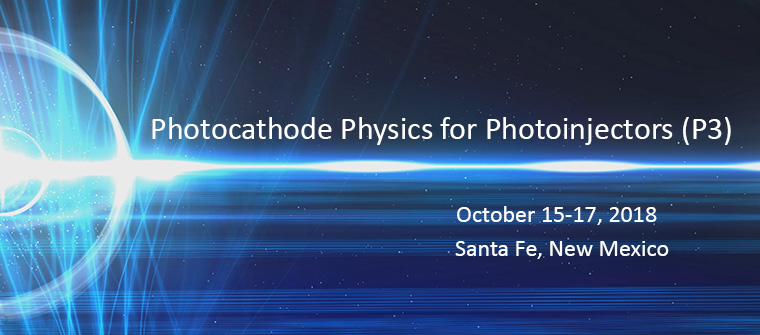Speaker
Description
The majority of materials used as photocathodes for accelerators have been discovered through empirical methods. This process is often trial and error, without significant input from computational materials science. We have developed an approach that is heavily informed by computational resources such as density functional theory (DFT), materials databases, and high-throughput techniques to identify potential photocathode materials. We begin by searching the Materials Project database for both synthesized and theoretical compounds. Starting from about 69,000 materials, we apply a set of initial screening criteria: 1) no radioactive elements in the composition, 2) a hull distance ≤50 meV/atom, 3) a bandgap between 0 and 4 eV. This preliminary screening narrows the number of potential materials 38,000. Next, we identify for which of those materials the database contains a calculated electronic band structure (77% of the database) and then determine the curvature of the conduction band minimum and valence band maximum. We select the materials with a curvature corresponding to an effective mass of 0.2 me or less. For the resulting 517 materials, we re-calculate the bandstructure with a higher k-point density to obtain more accurate effective masses. Finally, we estimate the MTE of the materials we investigate. First, we look at the possible optical excitation between bands at each k-point in the band structure to better identify the momentum distribution. Following, we look at which electrons are capable of escaping the possible surfaces of the material as opposed to being reflected internally to determine which electrons contribute to the mean transverse energy (MTE). After narrowing our search further with these criteria, we will generate slabs of these materials to identify the work function, electron affinity, and surface states of the potential photocathodes and determine their effect on the emission of electrons. Also, we match the resulting candidate photocathodes to our database of experimental substrates to identify substrates that provide the best crystallographic match, maximizing the chances for successful growth.




